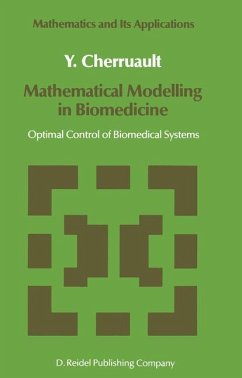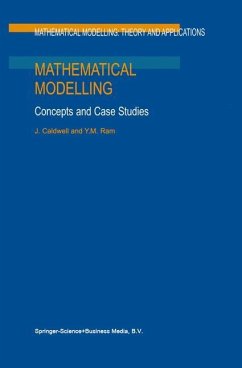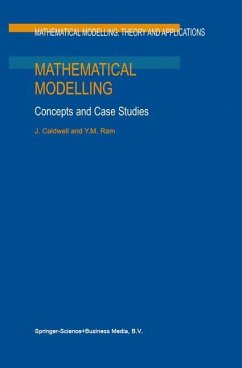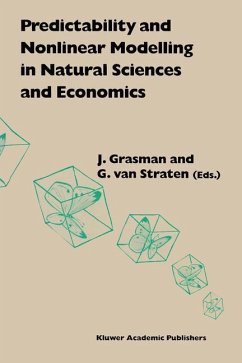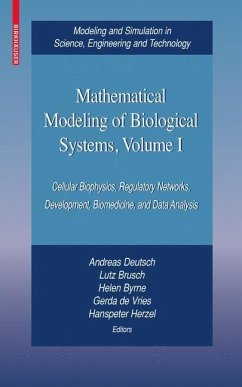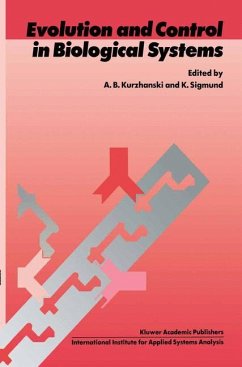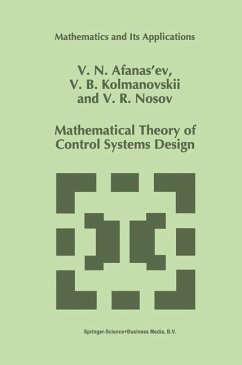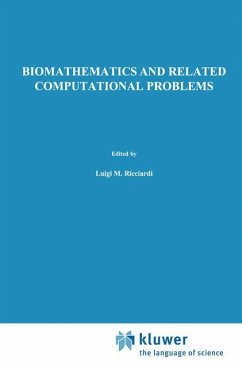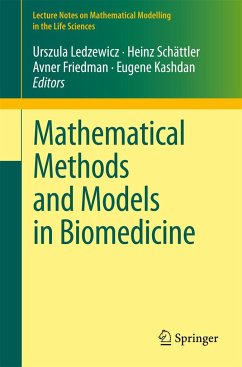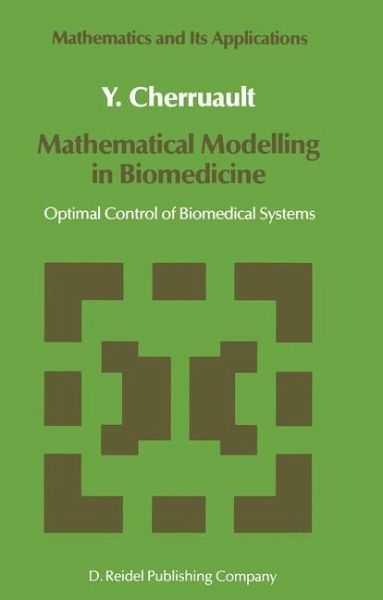
Mathematical Modelling in Biomedicine
Optimal Control of Biomedical Systems
Versandkostenfrei!
Versandfertig in 1-2 Wochen
39,99 €
inkl. MwSt.
Weitere Ausgaben:

PAYBACK Punkte
20 °P sammeln!
Approach your problems from the right It isn't that they can't see the solution. It end and begin with the answers. Then is that they can't see the problem. one day, perhaps you will find the final question. G.K. Chesterton. The Scandal of Father Brown 'The point of a Pin'. 'The Hermit Clad in Crane Feathers' in R. van Gulik's The Chinese Maze Murders. Growing specialization and diversification have brought a host of monographs and textbooks on increasingly specialized topics. However, the "tree" of knowledge of mathematics and related fields does not grow only by putting forth new branches. I...
Approach your problems from the right It isn't that they can't see the solution. It end and begin with the answers. Then is that they can't see the problem. one day, perhaps you will find the final question. G.K. Chesterton. The Scandal of Father Brown 'The point of a Pin'. 'The Hermit Clad in Crane Feathers' in R. van Gulik's The Chinese Maze Murders. Growing specialization and diversification have brought a host of monographs and textbooks on increasingly specialized topics. However, the "tree" of knowledge of mathematics and related fields does not grow only by putting forth new branches. It also happens, quite often in fact, that branches which were thought to be completely disparate are suddenly seen to be related. Further, the kind and level of sophistication of mathematics applied in various sciences has changed drastically in recent years: measure theory is used (non-trivially) in regional and theoretical economics; algebraic geometry interacts with physics; the Minkowskylemma, cod ing theory and the structure of water meet one another in packing and covering theory; quantum fields, crystal defects and mathematical pro gramming profit from homotopy theory; Lie algebras are relevant to filtering; and prediction and electrical engineering can use Stein spaces.





